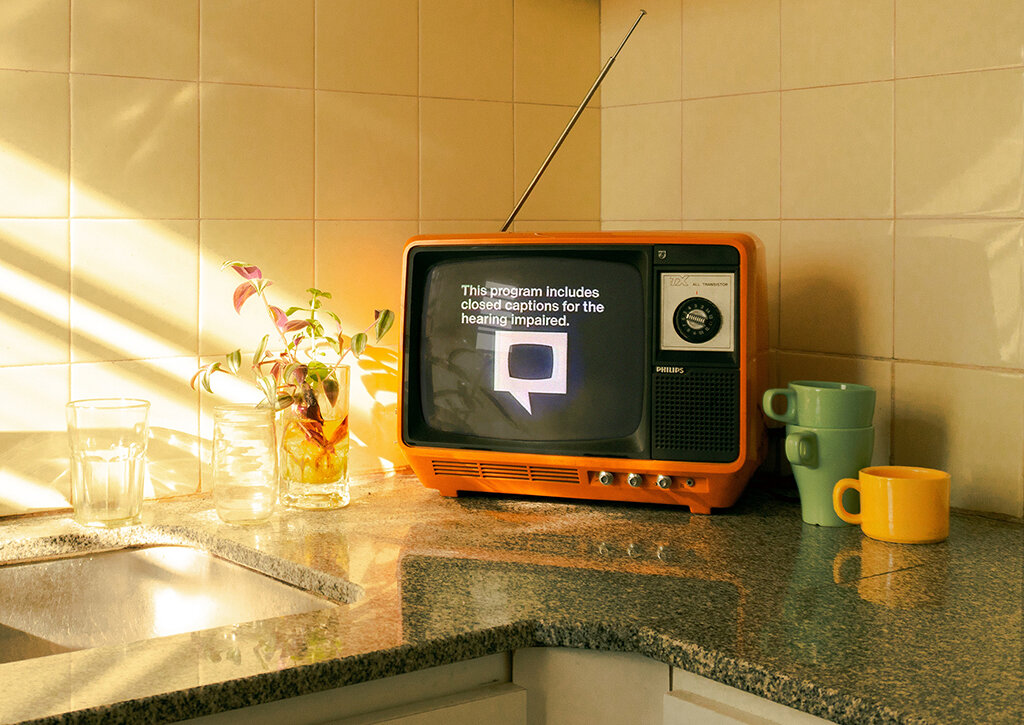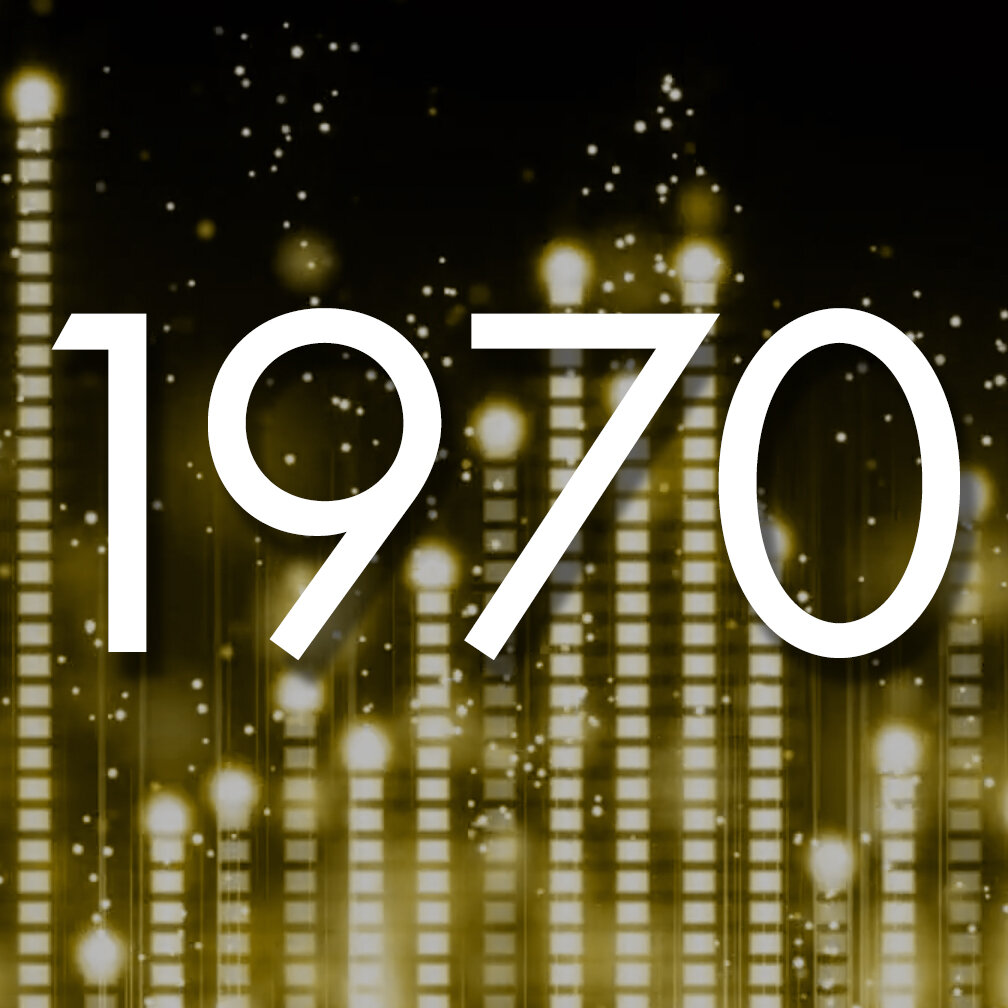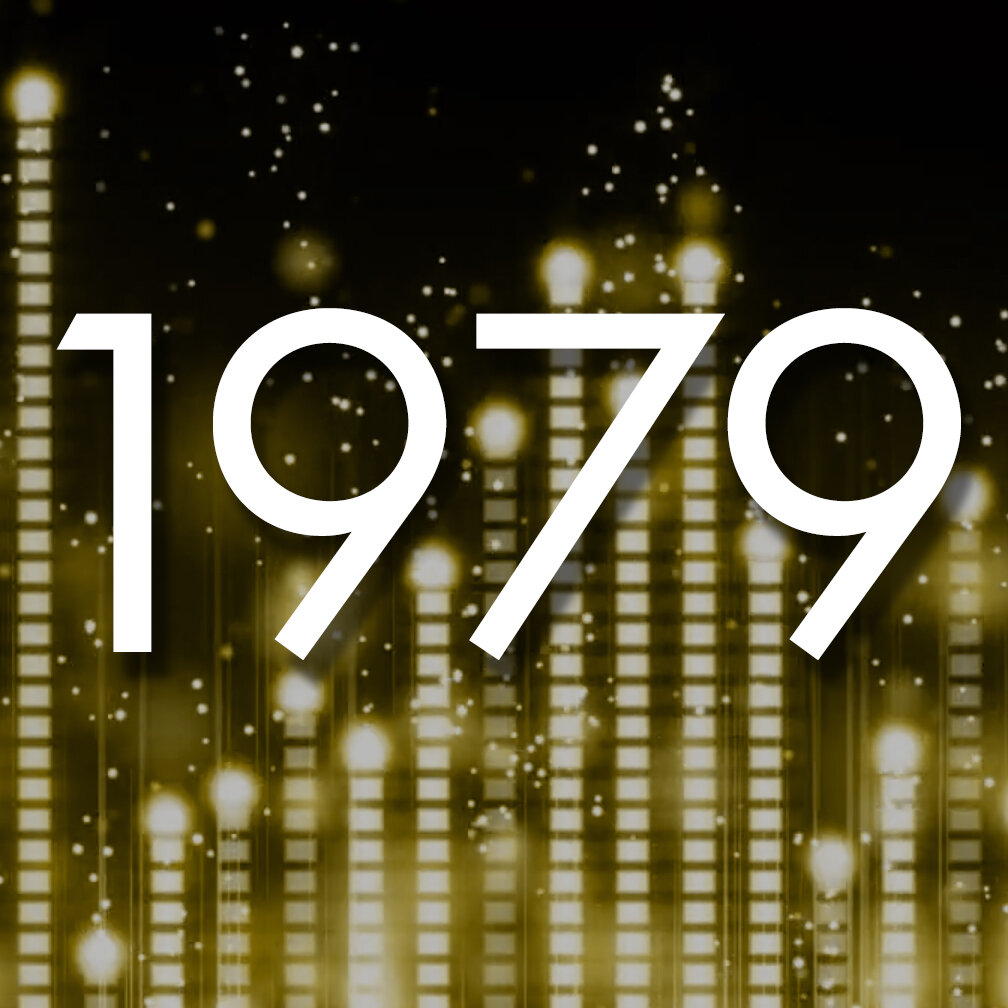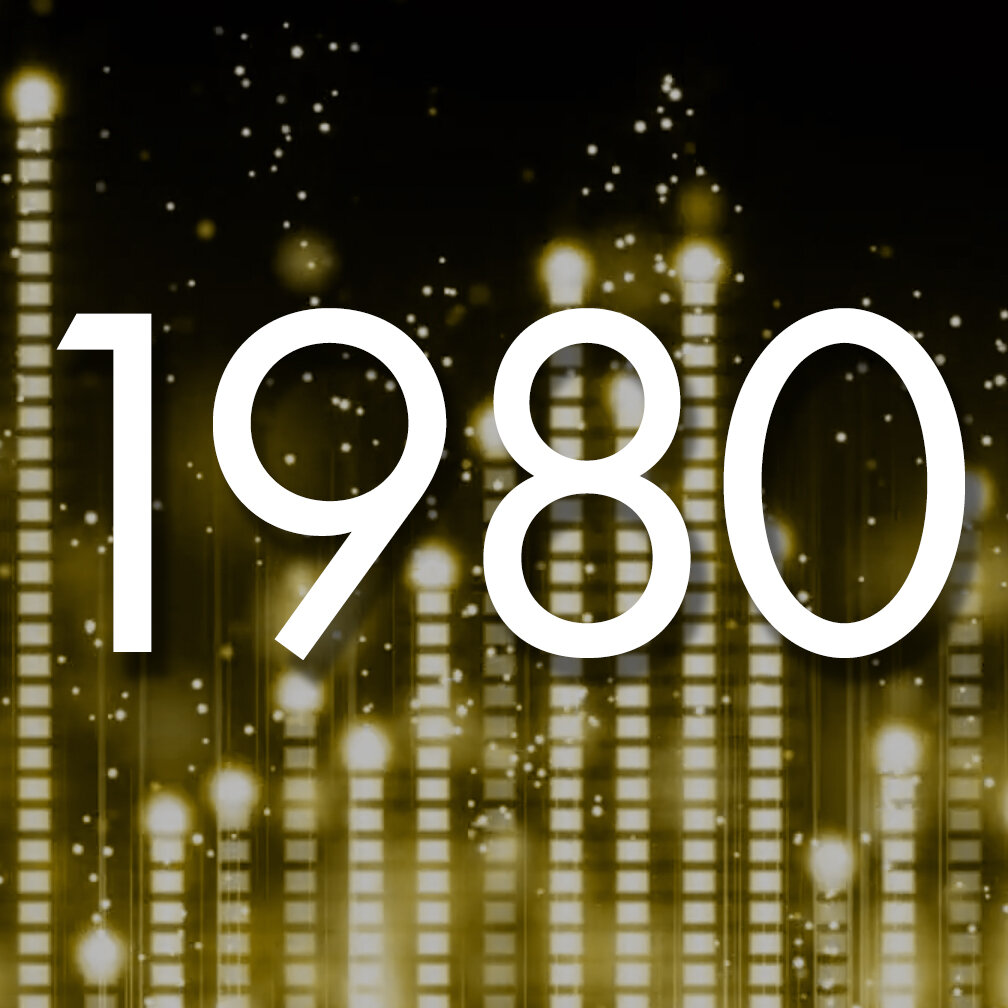History of Closed Captioning
Today, you can turn on any TV channel, press a button, and instantaneously access closed captioning for virtually any program or commercial advertisement you can imagine. Below is a chronology highlighting how we got here.
1970’s
1972 – On February 15, an exciting demonstration occurs at Gallaudet College (now University.) With the use of a specially equipped TV set, The National Bureau of standards presents closed captions embedded within the normal broadcast of “The Mod Squad,” proving the viability of closed captioning. Nonetheless, closed captioning is still in its early experimental stage.
1973 – The federal government funds further development and testing of closed captioning, meaning captions could be turned on and off. The engineering department of the Public Broadcast System starts the project under contact to the Bureau of Education for the Handicapped of the Department of Health, Education and Welfare.
1976 – The FCC reserves line 21 of the television signal for the transmission of closed captions. With the FCC’s approval, PBS engineers innovate the caption editing consoles that would be used to caption prerecorded programs, the encoding equipment that broadcasters would use to add captions to their programs, and prototype decoders.
1979 – PBS realized that securing the cooperation of commercial television networks requires a nonprofit, single-purpose organization with a specific mission to perform the captioning. Hence, the Department of Health, Education and Welfare inaugurated the National Captioning Institute (NCI). NCI’s mandate is to promote and provide access to television programs for the deaf and hard-of-hearing audience through closed captioning technology.
1980’s
1982 – NCI provides the first real-time captioning for a live event, the Academy Awards. A court reporter trained as a captioner provides the captions using a Stenotype machine, which uses phonetic codes and allows the captioner to take down the spoken word at speeds of up to 250 words per minute. The ad-libs and the awarding of the Oscars are live captioned by the steno captioner, while a production coordinator displays the prepared captions of the scripted portions of the broadcast. Later that year, “World News Tonight” is the first regularly-scheduled program to be real-time captioned.
1990’s
2000’s
Closed captioning has grown from an experimental service intended only for people who are deaf to a truly global communications service that touches the lives of millions of people every day in vital ways. Because of the efforts of NCI, the television industry, the federal government, and so many others, people who are deaf or hard-of-hearing enjoy ever-expanding access to media and will never again be excluded from the conversation.






















